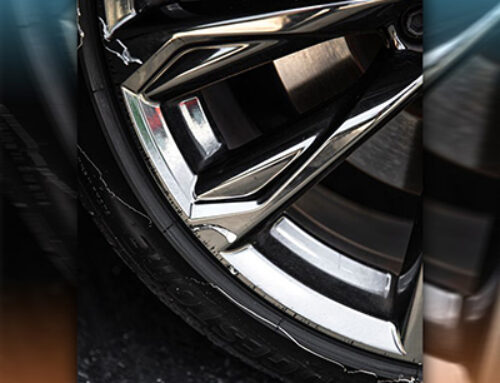
Colored lines on tires: did you know they are important?
Acquiring a car comes with great responsibility, including not only safe driving but also proper care and maintenance. While oil changes and servicing are well-known, it’s equally crucial to pay attention to your vehicle’s tires. This blog post highlights the meaning behind the colored lines and dots found on them.
Tire Care for Extended Lifespan
Maintaining optimal tire performance requires regular care and attention. Along with adhering to recommended oil change intervals and servicing, paying heed to tire condition is essential.
Proper tire pressure based on driving conditions, regular cleaning and lubrication, and protection from excessive sun exposure can significantly extend their lifespan.
Despite these efforts, tire replacements remain one of the most common expenses faced by car owners. To maximize tire longevity, it’s vital to consider the continuous wear tires endure on the road and choose new tires based on price and quality.
Understanding Tire Lifespan
Determining how long tires last depends on several factors. The KIA website suggests replacing tires after driving around 10,000 to 50,000 kilometers, taking into account variables like physical wear, climate, and driving habits.
While these figures provide a general guideline, it’s crucial to monitor tire condition regularly and seek professional advice when necessary. By doing so, car owners can ensure their tires are safe, reliable, and optimal, promoting overall vehicle safety and efficiency.
Decoding Colored Lines and Dots on Tires
The presence of colored lines and dots on tires might seem insignificant to most drivers, but they serve as identifiers for specific production processes.
These markings aid manufacturers and professionals in tire assembly and ensure the correct matching of tires with specific models. They act as a form of barcoding and provide valuable information about the type of rubber and manufacturing details.
While drivers may not directly benefit from this information, it helps prevent assembly errors and ensures the overall quality of the tire. For instance, colored lines can help workers avoid putting the wrong tread on a tire carcass, while colored dots on the sidewalls may indicate aspects such as significant deviations in the radial force or valve placement.
These markings represent a careful quality control system implemented by tire manufacturers. Tires can also have colored dots on the sides of the tire and their meaning of them can be varied, we will tell you the most common ones:
-
Major deviation of the variable radial force: Red dot (usually on Bridgestone brand models).
-
Valve placement: This indicates mounting the tire on the rim. It is usually the result of an agreement between a tire brand and an automobile manufacturer.
Quality control: It is usually represented by a white dot with a black center.
Frequently Asked Questions (FAQ)
✅ What do the colored lines on tires mean?
➡️ Colored lines on tires are manufacturing identifiers used to track production batches, rubber compounds, and tread types during the manufacturing and assembly process.
✅ Do the colored lines on tires affect performance?
➡️ No. These lines do not affect tire performance, safety, or durability. They are strictly used for factory identification and quality control.
✅ Why do some tires have colored dots on the sidewall?
➡️ Colored dots help indicate balance points, radial force variation, or valve alignment during mounting. They assist technicians in achieving optimal balance.
✅ Should I worry if the colored lines disappear?
➡️ Not at all. The colored lines and dots typically wear off after a short period of driving and are not meant to be permanent.
✅ Are colored dots the same on every tire brand?
➡️ No. The meaning of colored dots can vary depending on the tire manufacturer and any agreements they have with vehicle brands.
✅ Do consumers need to consider these markings when buying tires?
➡️ Generally, no. These markings are intended for manufacturers and installers. Consumers should focus on tire size, rating, quality, and proper installation.
Don’t miss a beat! Explore more stories on the Wheels Doctor blog and follow us @wheelsdoctor on social media for exclusive updates.





